Boost Your Brand’s Social Media Presence With Facebook Advertising
By: Rank Media
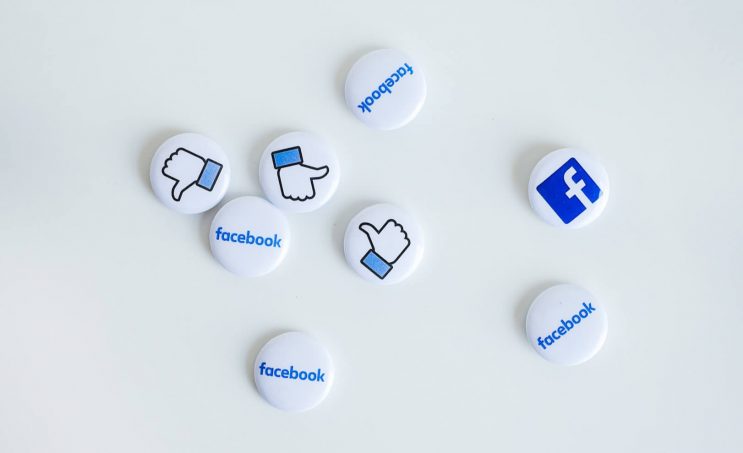
When it comes to social media marketing, the first platform that springs to mind is Facebook. With over 1 Billion daily active users, it has risen among the ranks in the digital sector to become the king of social media platforms. As a result, Facebook advertising has exploded over the past couple of years. Think about it: on a daily basis, how often do you open your Facebook app on your smartphone or tablet to read the latest news, post memes, or watch mouth-watering video’s from Buzzfeed’s Tasty account?
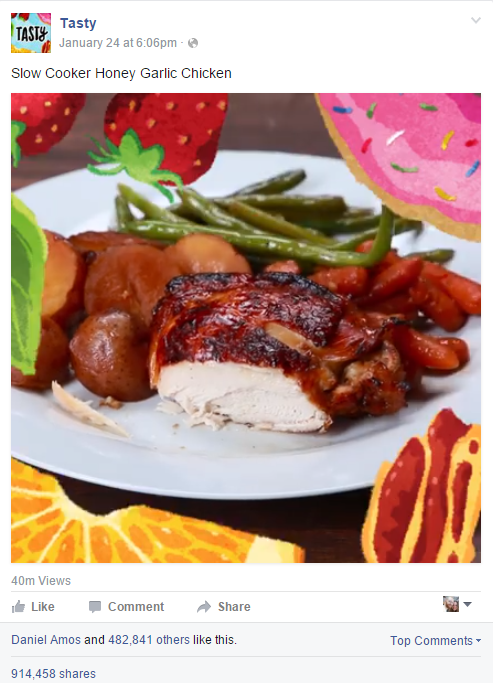
Logging into Facebook has become so ingrained in our lives that it has become a daily task to chat with friends, post content, or update user information. Several years ago, many thought Facebook would fall by the wayside just like MySpace; however, not only has Facebook continued to surge among all age groups, it has also developed successful streams of revenue that has it challenging Google as the leader in mobile display advertising. Below is just a sample of impressive statistics that exhibit Facebook’s dominance as a social media platform:
- Over 1 Billion daily active users, of which 894 are from mobile devices.
- Over 1.55 Billion monthly active users, of which 1.39 Billion access Facebook from mobile devices.
- Facebook generated $4.3 Billion in advertising revenue in the third quarter of 2015, representing an increase of $1.34 Billion compared to the previous year.
- Facebook’s desktop and mobile ads generate significantly higher click-through rates compared to traditional banner ads on the web.
- Facebook accounts for 50% of all social referrals and 64% of all revenue generated via social media sites.
Those statistics just reveal the tip of the iceberg when it comes to Facebook’s dominance in the modern era. When it comes to developing an integrated social media marketing plan for your business, it should be at the foundation of your strategy, depending on your niche of course (I imagine it might be difficult to generate excitement within a community for a proctologist, for example). Outlined below is a guide on the type of Facebook advertising campaigns you can launch based on a myriad of objectives. If you’re new to marketing on Facebook, some of these campaigns can help generate a buzz about your brand and increase the visibility of your content. Other types of campaigns that you can launch can be focused on conversion metrics, whether it’s generating web traffic, leads, sales, or phone calls.
Facebook Advertising Campaigns:
Developing a Facebook strategy isn’t as simple as it used to be a few years ago. When I began my career in the digital marketing field, Facebook ads were restricted to click-based campaigns on the right-hand side. That’s it – nothing else. Since then, Facebook’s ad offerings have evolved to the point that choosing a campaign objective can be overwhelming if you’re new to social media advertising:
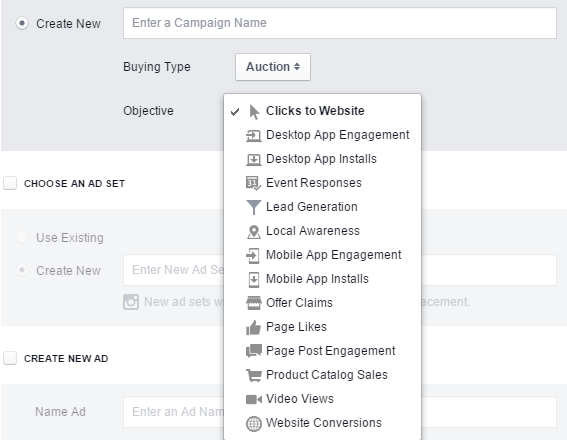
Below is an overview of each type of objective and how they can fuel your campaigns:
1. Clicks to Website:
Need to push traffic to your website? Promoting your website with click-based campaigns can help you push a significant amount of traffic at a relatively low cost compared to search advertising. Depending on your bidding strategy, you can either let Facebook optimize campaigns accordingly or set manual bids, either on a CPM (cost-per-thousand impressions) basis or cost-per-website link click. These campaigns are generally best suited for advertisers looking to increase the amount of traffic to their respective websites. If you connect your Instagram account to Facebook, you can even display your ads on the popular mobile application as part of a cross-platform marketing strategy. However, if you’re looking to optimize Facebook’s ad delivery for conversions, you can choose an alternative objective that is similar to website clicks: website conversions.
2. Website Conversions:
Getting a lot of web traffic but noticing that the cost per conversion on your website is a little high? You may want to setup a campaign geared around optimizing for website conversions so that Facebook will adjust the ad delivery based on results. In order to execute these campaigns efficiently, it’s important to install a Facebook pixel on your website so that the ads manager will be able to record the results and optimize accordingly. This objective is ideal for marketing professionals that are targeting a certain cost-per-acquisition (CPA), which can be applied to both ecommerce and lead generation campaigns.
3. Product Catalog Sales:
For ecommerce websites, dynamic product remarketing campaigns may be the best investment you can make by advertising on Facebook. Although these type of campaigns require a lot of resources to launch compared to other campaigns, the intensive setup process may very well be rewarding in the end. Below is a summary of what is needed to setup this type of campaign:
- Optimized product feed for Facebook…which will need regular updating as product stock levels fluctuate and prices change.
- Facebook audience pixel installation & customization on product pages, category pages, and the checkout process.
- Dynamic ad template, either in a standard or carousel format.
- Cross-platform reporting setup to effectively optimize campaigns.
After the exhaustive setup process is completed, you’ll be able to manage a campaign where users will see products they viewed on your website. This is an excellent opportunity to remarket to users that have added products to cart but did not complete the checkout process. Alternatively, you can serve ads to users based on the products and/or product categories they viewed on your website. Exhibited in the image below via Facebook’s Business resource center, we can see an example of an advertisement a user may see after visiting an advertiser’s website:
This is the most difficult campaign to setup but can be a surefire way to generating a positive ROI depending on your niche. As with Google Shopping campaign, however, a heavy amount of ad optimization and product catalog updating is required, which is why it’s best to evaluate the resources available before going down this road.
4. Page Post Engagement:
Choosing page post engagement as the primary objective for a campaign will allow you to boost the awareness for content in users’ news feeds based on the targeted audience. Whether you just want to give your fans an opportunity to see your page’s content or extend your reach beyond your primary audience, promoted post campaigns can help you generate high engagement rates in what has become a cluttered news feed. Organic reach for content has been dropping for years due to the social media platform essentially becoming ubiquitous, as all types of brands and users have adopted the platform within their daily routine. In order to increase the reach of the amazing content your brand produces, it may be wise to invest a small budget into boosting your posts. Remember, the goal with social media marketing is to gain trust and credibility with your audience so that you can then convert them into customers, brand evangelists, or loyal fans.
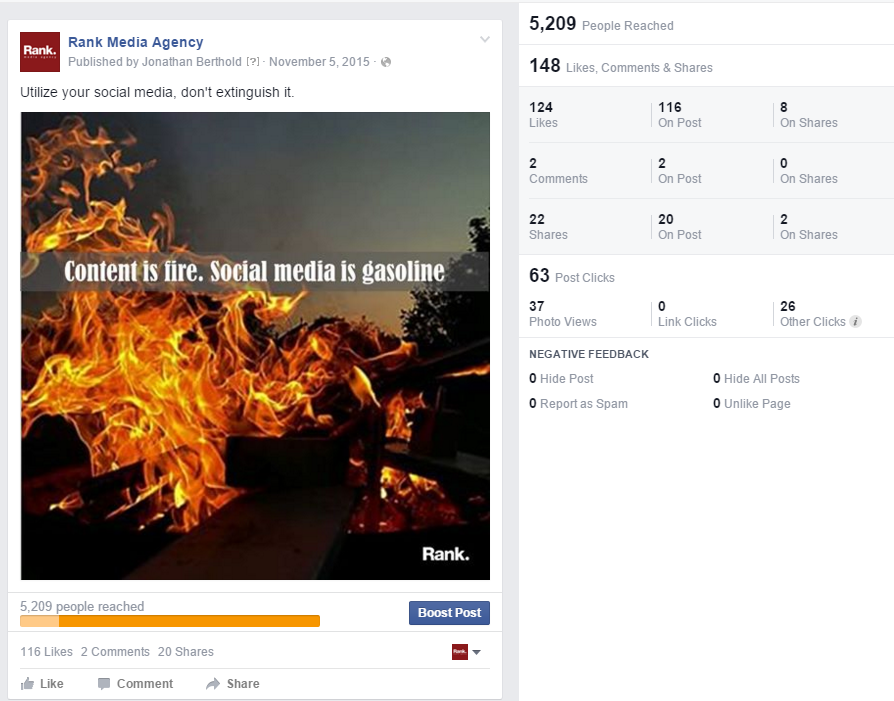
*Side note: Facebook recently launched an audience optimization tool that allows page managers to narrow the targeting for organic content. This is an extension of the content targeting options that were previously displayed (location & language); however, this is not a tool that will increase organic reach. Rather, its primary function is to help brands increase engagement for content by narrowing the targeted audience to exclude certain users that may either react negatively to content or find it irrelevant (ex: geo-specific content).
5. Page Likes:
Imagine this scenario: you invest time in building up your company’s Facebook page, invite all your friends to like it, and after a couple of weeks, your page only has a few fans (some of which may be family members that liked your page out of pity). Don’t despair – Facebook’s advertising platform allows you to create campaigns based on promoting your page to a target audience. Depending on how much you are willing to spend, you can grow your page’s audience from under 100 fans to well over 10,000. Unlike traditional “buy Facebook likes” companies that only deliver bots and fake accounts masked as “fans”, investing into a promoted page campaign within Facebook ads can help you increase overall page engagement and extend your reach organically as word of mouth spreads among communities.
*Side note: for those of you that are still investing in “Buy Facebook Likes” service providers, here’s an excellent case study from AdEspresso on the performance of fake fans/bots compared to actual people.
6. App Installs / App Engagement:
For any business/brand with a mobile application, Facebook advertising campaigns focused on increasing app installs and engagement can be fruitful. Similar to a website click campaign, you can encourage users to download your application by driving them to the applicable app store. In order to accurately measure how many users are downloading your application via Facebook ads, you can integrate your application with the Facebook SDK (Software Development Kit). Additionally, should you want to further increase user engagement, you could develop a campaign based around app engagement to remarket to users that have already downloaded the application.
Note that for mobile applications, it’s a requirement to be listed in either the Apple App or Google Play store. Should you want to promote a desktop application, it must be a Facebook Canvas app. In most cases, app install & engagement campaigns are focused to mobile devices due to the proliferation of smartphone and tablet devices. It’s also much easier to develop an iOS or Android application than to develop a Facebook Canvas app.
7. Lead Generation:
Relatively a new campaign objective, lead generation campaigns are only available to users utilizing Facebook’s Power Editor. This type of campaign is focused on giving advertisers the ability to capture data leads within Facebook’s platform. One of the biggest challenges when it comes to digital advertising is simplifying the conversion funnel so that you can capture pertinent data/convert users within the least amount of steps possible. If you complicate the process on a landing page or website, your conversion funnel may suffer. This new feature bypasses the necessity of driving users to a website or landing page and can allow you to build up your lead database within Facebook directly. Although you cannot fully customize the design of the form, there are some pre-loaded questions and fields that you can insert into your form based on the data you want to collect. Depending on your campaign objectives, this may or may not be an ideal social media advertising strategy. For example, if your business depends primarily on phone calls to generate business (example: health insurance campaigns), it may be wiser to focus marketing spend elsewhere. However, if you want to build up a newsletter list for an ecommerce website or develop a database for B2B email remarketing programs, lead generation campaigns on Facebook can be quite a lucrative strategy.
8. Local Awareness:
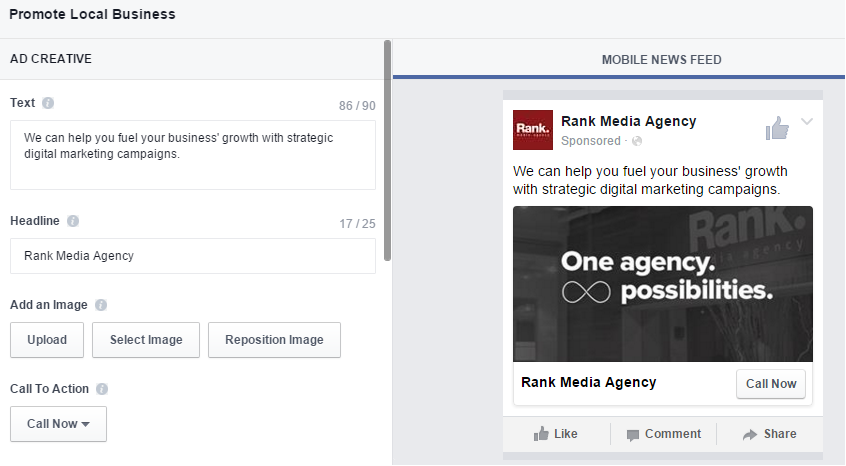
While some of the above campaigns can help you reach a broader audience, Facebook does provide advertisers with tools to market to niche, local audiences. Local awareness campaigns allow social media marketing professionals to gear ads based on one of the following calls to action:
- Like Page
- Learn More
- Call Now
- Get Directions
- Send Message
While you can use other types of campaigns to increase page likes and send people to a website, this objective is viable for local businesses that want to increase calls or prompt users to tap “get directions”. In fact, this is the closest Facebook is at the moment to having call-only campaigns within it’s advertising suite. Considering the success of Google’s call-only campaigns within the AdWords platform, which was released in February 2015, one has to expect that the social media giant will roll out similar campaigns on a broader level some time in the future…but I digress. With regards to focusing on local markets, local awareness campaigns are excellent if you want to boost in-store sales, foot traffic, awareness within communities, or phone calls to your business.
9. Video Views:
A hybrid of YouTube’s video advertising solutions and Facebook’s promoted post engagement objective, video view campaigns can help you increase the reach of your digital videos to targeted niche audiences. Overall, this type of campaign is relatively easy to setup as your creative is already prepared once you upload your video to Facebook. Additionally, it can yield a pretty low cost-per-view if you’re solely interested in just increasing the amount of views your content receives. Unless you have excellent videos, it really isn’t worth investing into this type of campaigns. However, if your content is engaging and helps tell your brand’s store on social media, then it may be worth it to invest a small budget behind the content to make it go viral.
10. Event Responses:
Need to raise attendance for an upcoming event? You can utilize Facebook’s advertising platform to increase awareness for events created on Facebook and get a good estimate on the projected turnout. Of course, most of us are guilty for responding “going” to an event and not turning up the day of, but that’s to be expected with Facebook. However, this type of campaign can give you an opportunity to create a buzz for your event and develop a list of potential attendees. Once users indicate that they are either “interested” or “going” to an event, they will be notified of any and all updates you publish to the event page, which can serve as reminders to your targeted audience.
11. Offer Claims:
While this type of campaign is slowly being phased out, it is still available within Facebook’s advertising platform as of 2016. The reason why it might be smarter to invest in website clicks/website conversion campaigns is because you can place the promo code in the description or ad copy of those campaigns, bypassing the necessity of having users “claim” an offer. Additionally, once a user hits your website, you can add them to remarketing lists within Google, Facebook, and Twitter. If your angle is to collect leads to build up your email remarketing database, lead gen campaigns can prove to be a more pertinent alternative compared to offer claim campaigns. Essentially, you have more viable options when it comes to advertising on Facebook and will most likely never need to select offer claims as a primary objective.
Summary:
Outsource Facebook Advertising or Keep it In-House?
Believe it or not, the overview provided above is actually a brief summary of the campaigns that can be managed on Facebook. Advertising on this social media marketing platform used to be relatively easy: you would set a budget, create a couple of ads, and direct users to a website. Nowadays, there is a myriad of campaigns you can manage based on objectives and each one requires an extensive amount of strategic planning, optimization, and adjustments. Effective Facebook advertising consists of split-testing creatives, advanced bid management, audience optimization, audience segmentation, conversion optimization, and more other fancy techniques that online marketing agencies manage. Whether I’m conversing with friends or coordinating with clients on developing a strategy, one popular question I hear is:
“I have a part-time employee posting on my Facebook page three times a week – they can manage this, right?”

Unless you have a full-time employee dedicated to media buying & social media advertising, it may be prudent (and cost-effective) to collaborate with an agency to assist in developing the strategy, setting up campaigns, and manage the daily optimization. If you’re ready to spend marketing dollars on social advertising, investing in someone with proven digital advertising skills and expertise is necessary to generate a positive ROI. Should you launch a Facebook advertising campaign with someone that is green and does not have a wealth of experience, things can go awry such as high CPA metrics, improper pixel installation, or non-optimized targeting. Anyone can post status updates on Facebook, but it takes day-in, day-out media buyers to manage extensive campaigns focused on generating low-cost conversions.
Next Steps
While there is a wealth of information to take in, the most salient point of this overview of Facebook Advertising is to understand that it’s imperative to understand your primary objective before jumping into creating ads. Additionally, Facebook advertising has evolved significantly over the past five years and is currently positioned as one of the most essential platform you need to integrate withing your marketing strategy. Note that this is just the first in a series of social media advertising articles based on my recent post regarding six social media platforms for paid advertising, which means that we will be covering Twitter, LinkedIn, Instagram, Pinterest, and Foursquare over the next month, with some added info on other emerging platforms.
So….ready to take your marketing to the next level on Facebook?




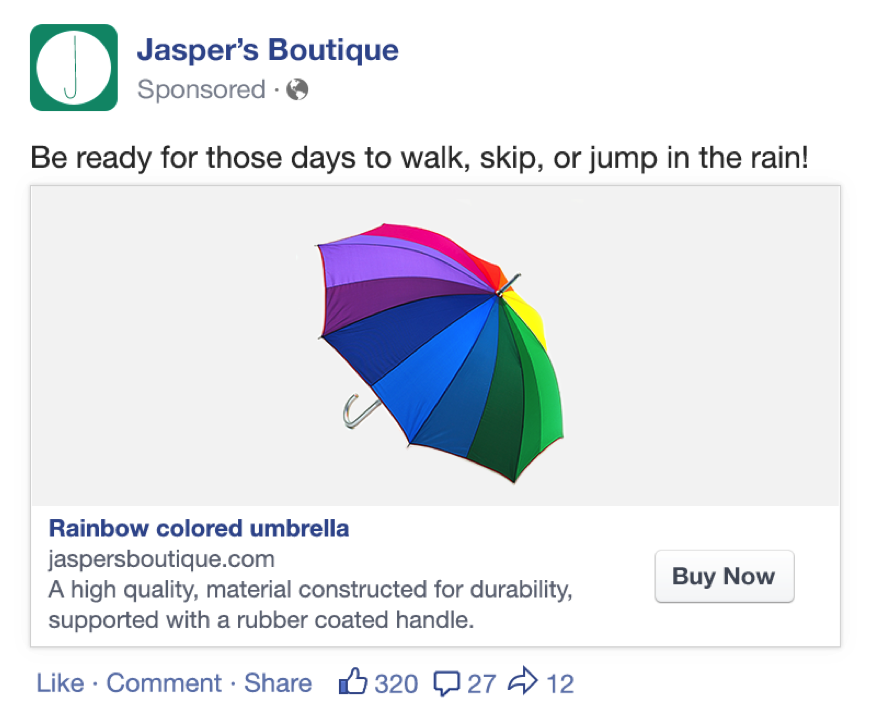

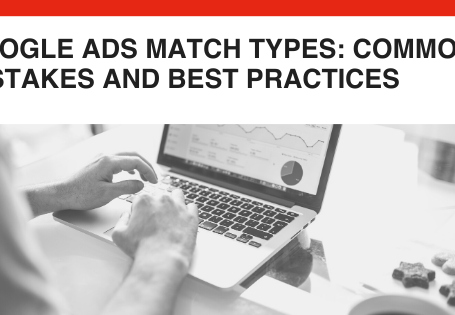
 (800) 915 7990
(800) 915 7990
